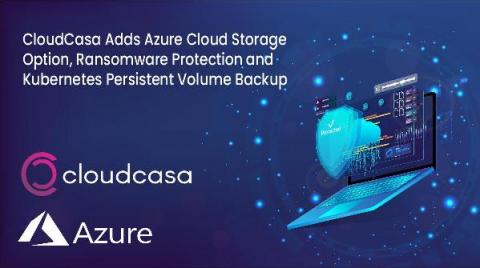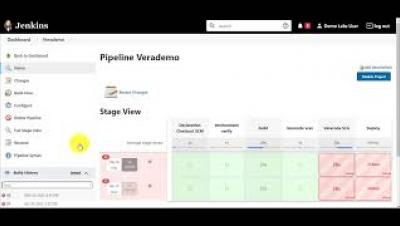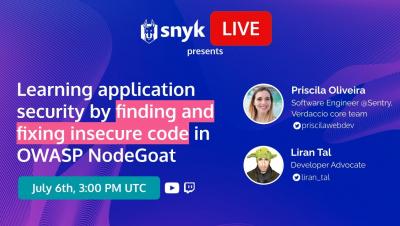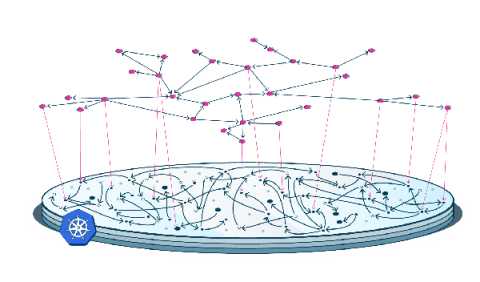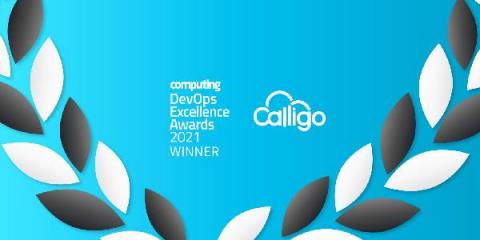Security | Threat Detection | Cyberattacks | DevSecOps | Compliance
DevOps
Hardening AWS EKS security with RBAC, secure IMDS, and audit logging
Misconfigurations in infrastructure as code (IaC) can be just as dangerous as vulnerabilities in code. Small mistakes in configuration can lead to the sensitive data being readable on the internet, or private endpoints and dashboard accessible to the anonymous users and abused as the initial point of compromise. Recent security research findings indicate the rise in malware targeting the Kubernetes platform which showcases the need for secure configuration.
Azure Cloud Storage, PV Backups, and Ransomware Protection with New CloudCasa Release
CloudCasa is a simple, scalable, and inexpensive cloud backup service for protecting your Kubernetes and cloud native applications. We worry about protecting your Kubernetes environment so that you don’t have to! Since the introduction of CloudCasa in November of last year, we’ve been making improvements and adding new features at a steady rate. The CloudCasa team has been very busy this spring, and we’re now pleased to announce yet another major release of new service features!
Use the Jenkins Credentials Binding Plugin to Protect Your Veracode Credentials
JFrog And Red Hat DevSecOps Security Series
Tips and best practices for building secure container images
When you start scanning your container images, it can be disconcerting to discover that you have large numbers of vulnerabilities. Below is a scan I did last week on a vulnerable node image that I built. While a fairly extreme example, you can see that this image out of the box is showing as having over 800 vulnerabilities in it.
Learning application security by finding and fixing insecure code in OWASP NodeGoat
Networking with a Service Mesh: Use Cases, Best Practices, and Comparison of Top Mesh Options
Service mesh technology emerged with the popularization of microservice architectures. Because service mesh facilitates the separation of networking from the business logic, it enables you to focus on your application’s core competency. Microservice applications are distributed over multiple servers, data centers, or continents, making them highly network dependent.
Calligo wins at the DevOps Excellence Awards 2021
Calligo wins ‘Best DevOps Transformation’ up against a heavyweight shortlist including IBM, Infosys, Sky, Accenture and Telefonica. Computing’s annual DevOps Excellence Awards aim to recognise and celebrate the best DevOps deployments, teams, outcomes and impacts in business over the last 12 months. Calligo was shortlisted in the Best DevOps Transformation category, alongside such industry heavyweights as IBM, Infosys, Sky, Accenture and Telefonica.
Talking visibility, scalability, and relationships in secure development with Phil Guimond of ViacomCBS
I recently caught up with Phil Guimond, Principal Cloud Security Architect at ViacomCBS. He describes his role as a fancy way of saying he likes to be involved in All The Things™. This includes cloud security and architecture, application security, penetration testing, and digital forensics and incident response, and even vendor reviews and risk management from time to time. He works in a very cross-functional team. We had a great discussion, and I wanted to share it with all of you.




